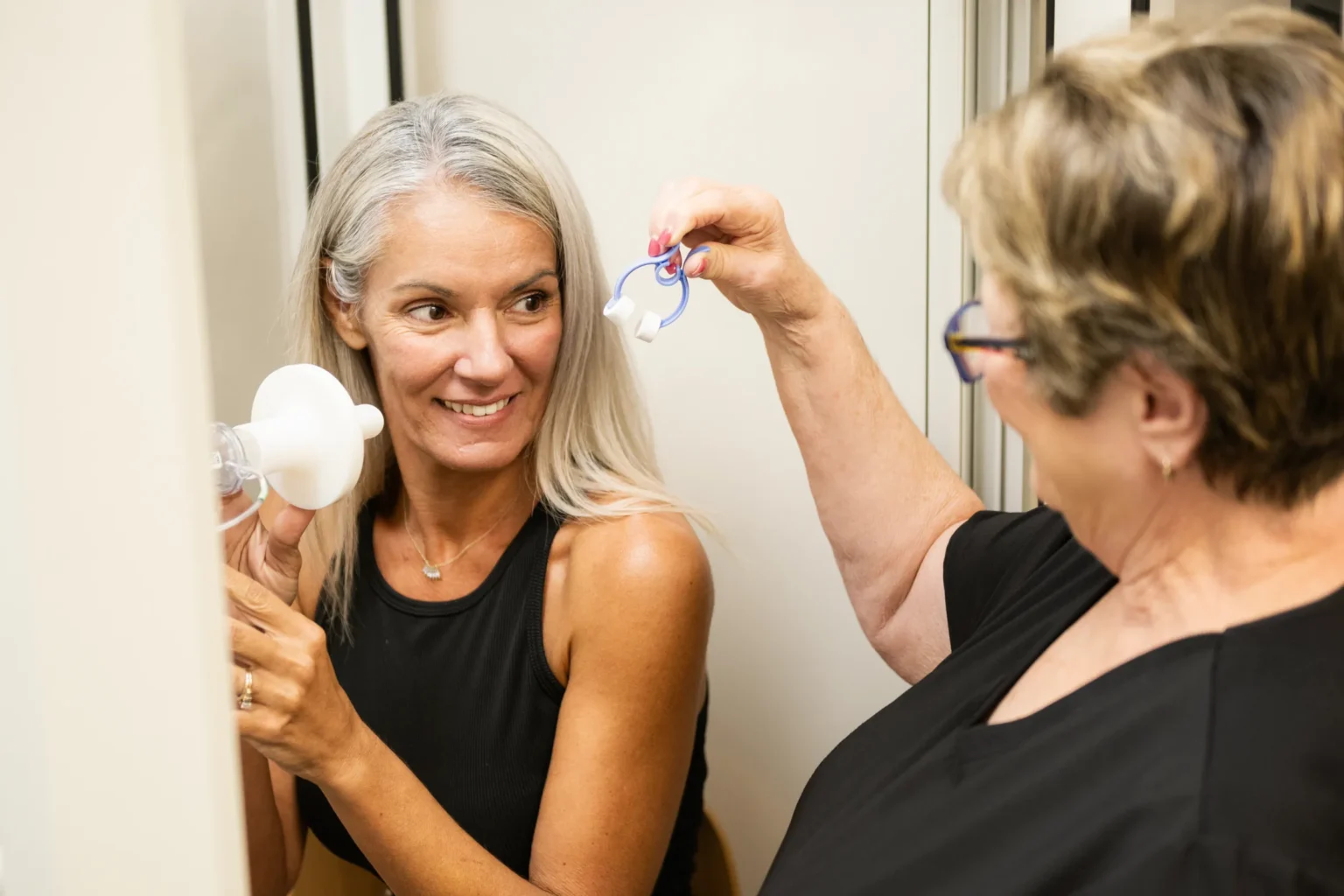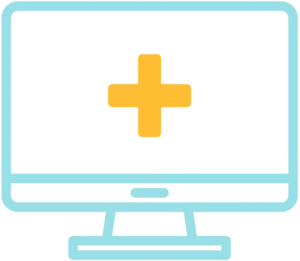Pulmonary Treatment Options
Tailored to your specific condition, severity, and individual health factors.
Request An AppointmentRefer A Patient
What are Pulmonary
Treatment Options?
Table Of Contents
Medication Therapies
Medications help control symptoms, reduce inflammation, and improve breathing. Common options include:
- Bronchodilators – Relax airway muscles for easier breathing.
- Corticosteroids – Reduce airway inflammation in conditions like COPD and asthma.
- Antibiotics and Antivirals – Treat infections such as pneumonia and pertussis.
- Mucolytics – Help clear mucus from the airways.
- Targeted Therapies – Used for conditions like pulmonary fibrosis and lung cancer.

Oxygen Therapy
Oxygen therapy supports patients with chronic lung disease by ensuring adequate oxygen levels in the blood. It can be used as:
- Short-term therapy during recovery from illness.
- Long-term therapy for chronic conditions like COPD or interstitial lung disease.
- Ambulatory oxygen therapy for mobility support.
Pulmonary Rehabilitation
Pulmonary rehabilitation programs combine exercise, education, and breathing techniques to enhance lung function and overall health. Benefits include:
- Improved stamina and reduced breathlessness.
- Better disease management and symptom control.
- Enhanced ability to perform daily activities.
Advanced Interventional Pulmonology
Minimally invasive procedures can improve breathing and manage complex pulmonary conditions. Treatment options include:
- Bronchoscopy – Evaluates and treats airway disorders.
- Endobronchial Valve Therapy – Reduces lung hyperinflation in severe COPD.
- Tumor Ablation – Used for lung cancer treatment.
- Pleural Procedures – Manage pleural effusions and pneumothorax.
Surgical Interventions
In some cases, surgical treatments are necessary to manage lung disease. Options include:
- Lung Volume Reduction Surgery (LVRS) – Removes damaged lung tissue in severe emphysema.
- Thoracic Surgery – Treats conditions like lung cancer, mesothelioma, and pulmonary fibrosis.
- Pleurodesis – Prevents fluid buildup in the lungs.
Lung Transplantation
For patients with end-stage lung disease, lung transplantation may be an option. The procedure involves replacing a diseased lung with a healthy donor lung to improve breathing and quality of life. Post-transplant care focuses on preventing rejection and managing long-term health.
Lifestyle and Supportive Care
Lifestyle modifications and supportive care play a crucial role in managing pulmonary conditions. Strategies include:
- Smoking cessation programs.
- Nutritional counseling to support lung health.
- Breathing exercises to enhance lung capacity.
- Emotional and psychological support through counseling and support groups.
Frequently Asked Questions
0
What conditions require pulmonary treatment?
Treatment options address conditions such as COPD, asthma, pulmonary fibrosis, pneumonia, and lung cancer.
0
Who benefits from pulmonary rehabilitation?
Patients with chronic lung diseases who experience shortness of breath and reduced physical activity may benefit. Specifically, pulmonary rehabilitation can help improve stamina, reduce breathlessness, enhance disease management, and improve the ability to perform daily activities. Understanding these benefits can help patients determine if they could benefit from this treatment.
0
When is oxygen therapy necessary?
Oxygen therapy is used when blood oxygen levels are low due to chronic lung disease.
0
Are there minimally invasive treatments for lung disease?
Absolutely. Interventional pulmonology offers a range of options like bronchoscopy, valve therapy, and tumor ablation. These treatments are less invasive, offering hope and a quicker recovery for many patients.
0
Is lung transplantation a common treatment?
Lung transplantation is considered for patients with advanced, irreversible lung disease when other treatments are not effective.

